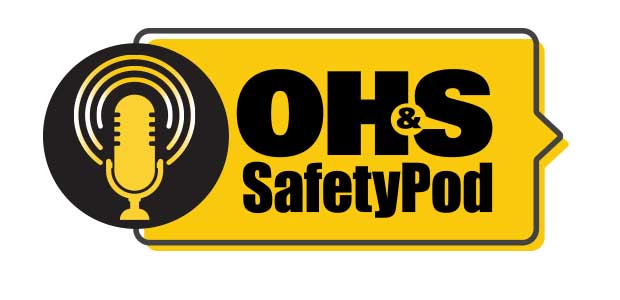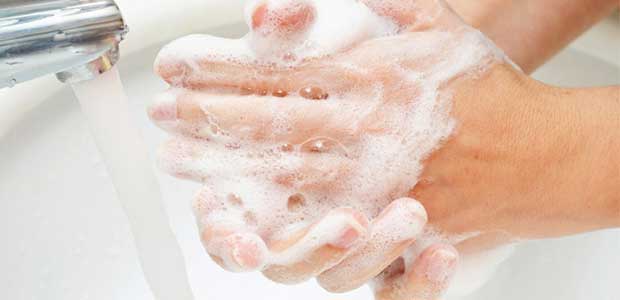The Centers for Disease and Prevention has added several symptoms to its existing list of symptoms for COVID-19. Some you’ve heard, some you might not have.

You may be entitled to asbestos compensation. Find out if you are eligible.
Last week, the Department of Labor released additional interim enforcement guidance on reusing disposable N95 filtering face piece respirators that have been decontaminated.
OSHA and the CDC have teamed together to provide Americans with an interim guidance for workers and employers in the meat packaging and meat processing industry—especially given recent sick workers.

What can engineering directors and facility managers do to move their facilities closer to NFPA 70E compliance when spending has all but ground to a halt?
Businesses in retail, construction, manufacturing and package delivery should review recently issued industry-specific guidance from OSHA.

As one of the places hardest hit by the pandemic, New York City is seeing a huge number of individuals suffering and dying from the virus—and emergency responders are struggling to sleep, treat and save lives.

One popular question is: are workers eligible for workers' compensation benefits if they are exposed to COVID-19 on the job and must be out of work?
The questions of when and how the country will open after this global pandemic are undeniable ones, but there’s no doubt employers will have to operate workplaces differently. The National Safety Council and others are working to help them in that process.
The government recently updated its essential critical infrastructure workforce advisory list to include occupational health and safety workers.

Episode 12
ASSP President-Elect Deborah Roy answers the most frequently asked questions about the COVID-19 pandemic with OH&S Editor Sydny Shepard.

One Times article goes through the places that the virus likely exists and where it doesn’t—and reading this might put you at more ease.
The CDC published an interim guidance for critical workers who may have been exposed to a person with suspected or confirmed COVID-19.

For a while, scientists suspected that loss of taste and smell where tell-tale signs of the coronavirus. Now, the CDC has officially listed them as symptoms.
Last week, OSHA announced that it understands employers may have difficulty complying with OSHA standards due to the pandemic, and it will use discretion when considering employers’ “good faith efforts.”

Eighty-eight percent of Americans believe they’ll continue hand washing diligence after the pandemic subsides—and that could only be a good thing.
Occupational health and safety (industrial hygiene) experts clarify misinformation on PPE, ventilation and disinfection in relation to COVID-19.